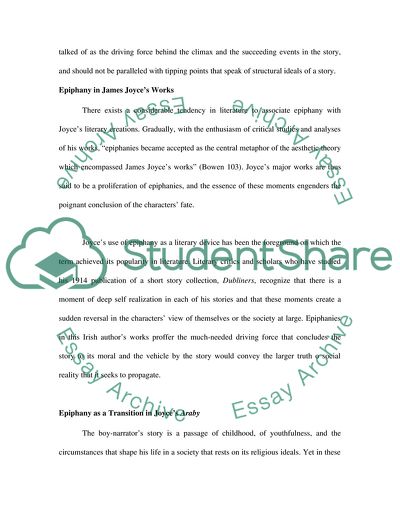Cite this document
(The Depiction of Epiphany in Literature Assignment, n.d.)
The Depiction of Epiphany in Literature Assignment. https://studentshare.org/literature/1716940-epiphany
The Depiction of Epiphany in Literature Assignment. https://studentshare.org/literature/1716940-epiphany
(The Depiction of Epiphany in Literature Assignment)
The Depiction of Epiphany in Literature Assignment. https://studentshare.org/literature/1716940-epiphany.
The Depiction of Epiphany in Literature Assignment. https://studentshare.org/literature/1716940-epiphany.
“The Depiction of Epiphany in Literature Assignment”. https://studentshare.org/literature/1716940-epiphany.


